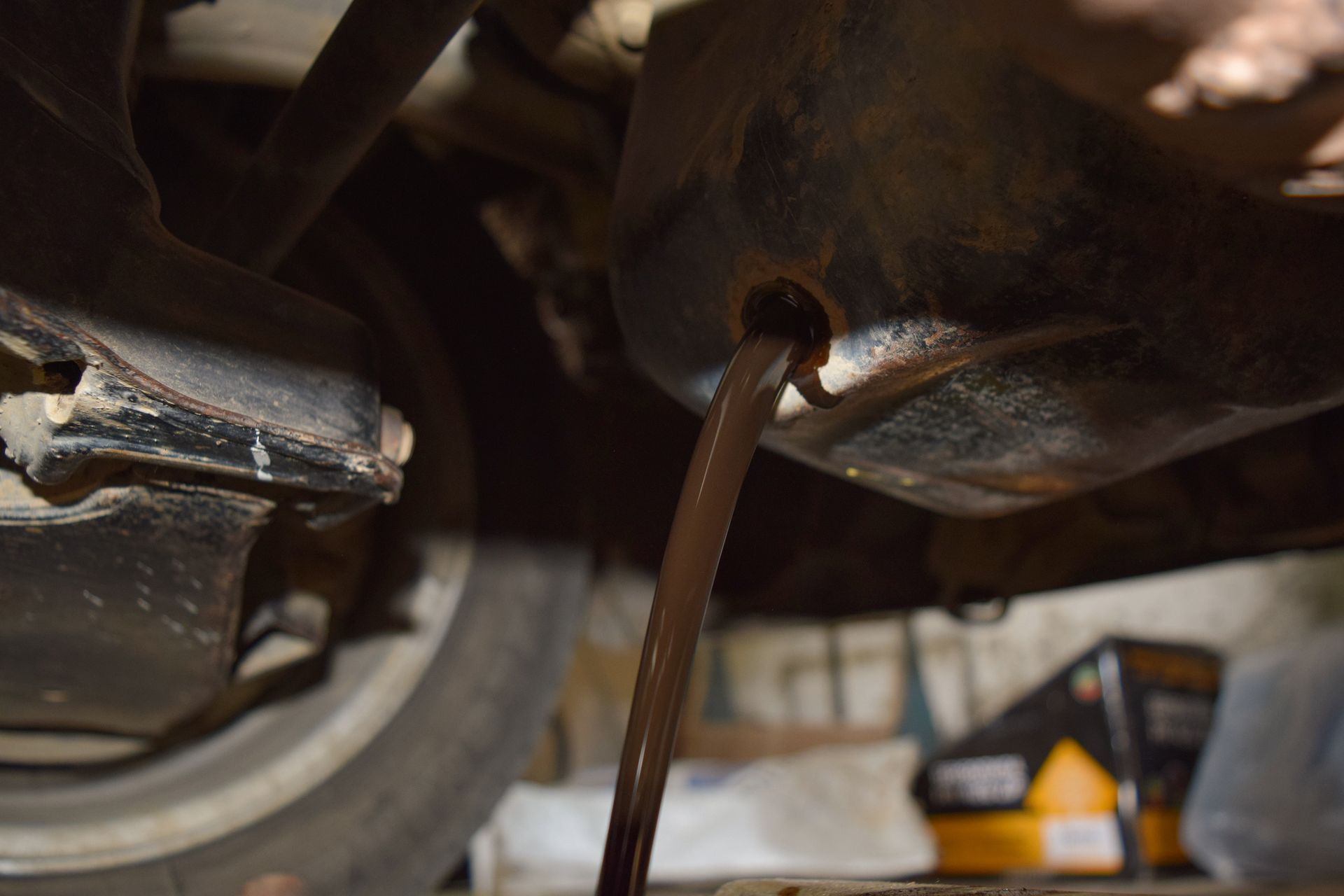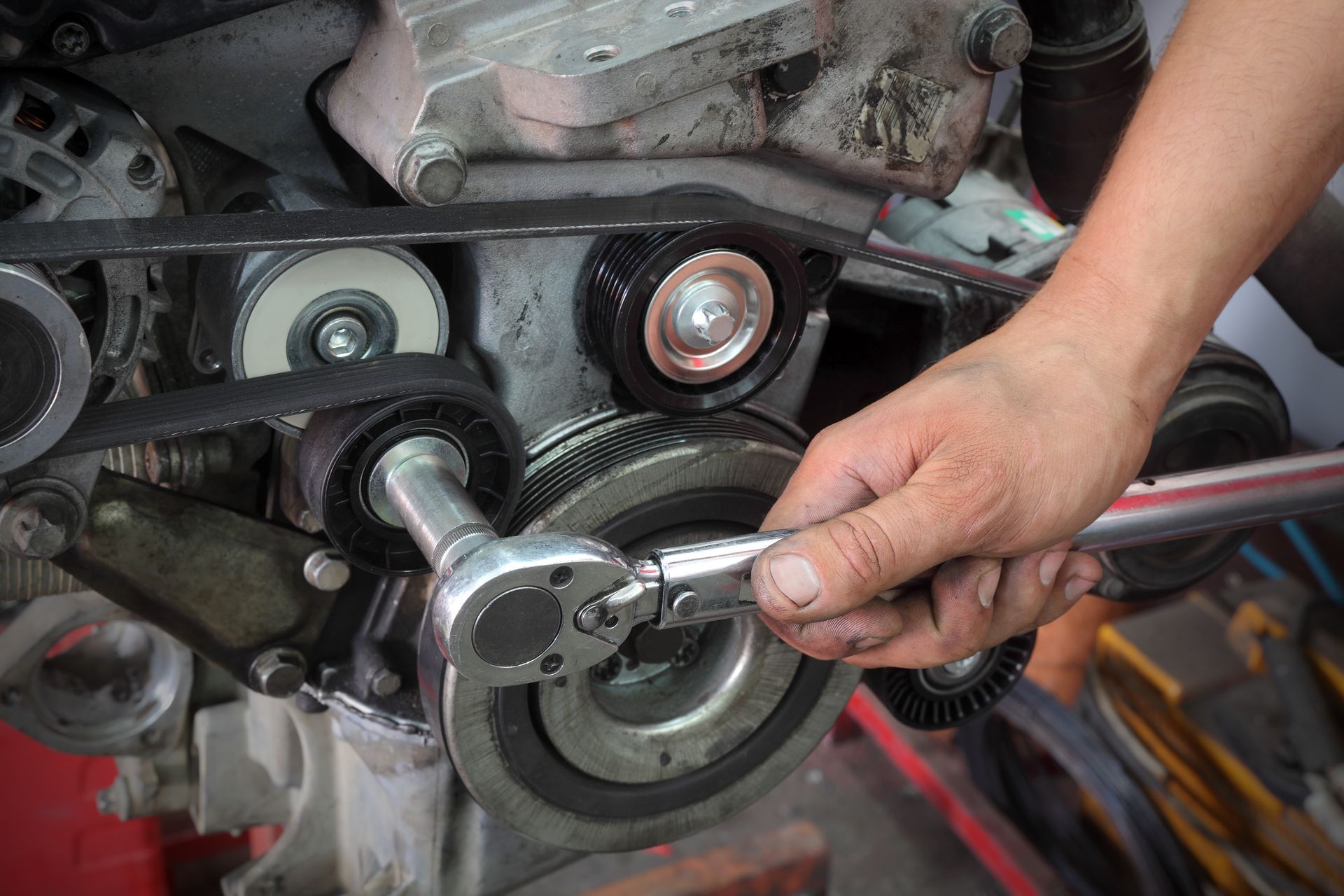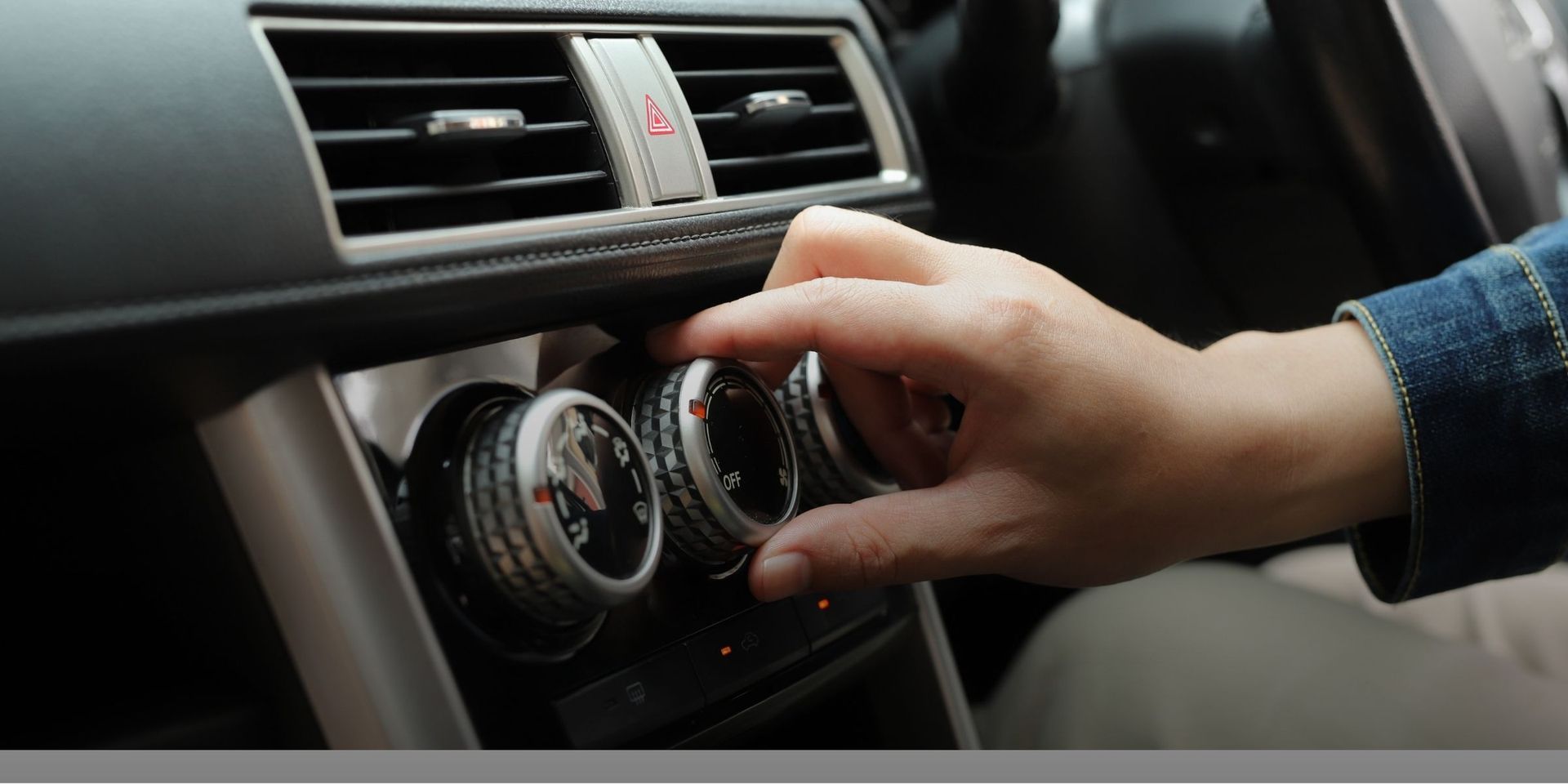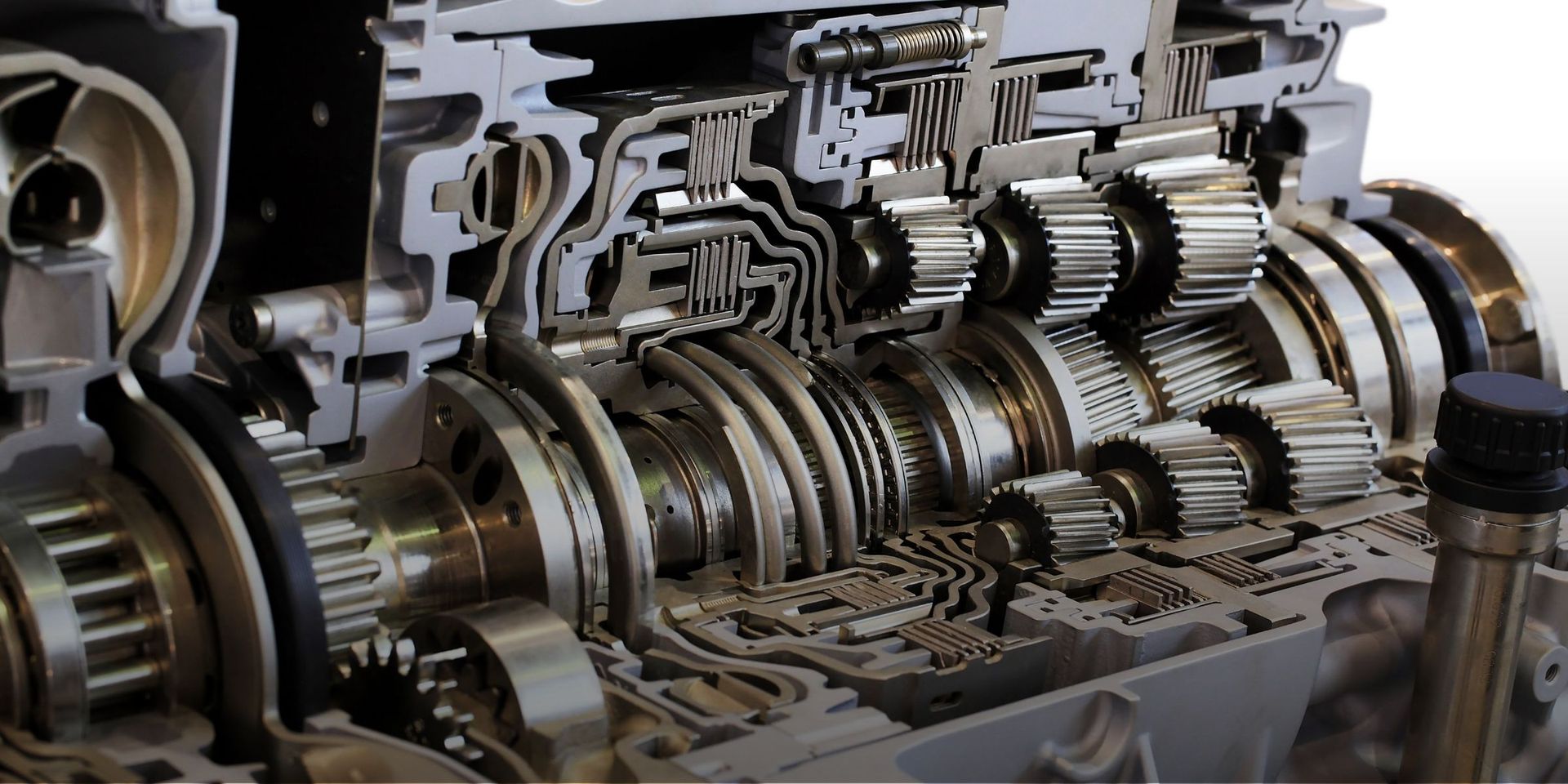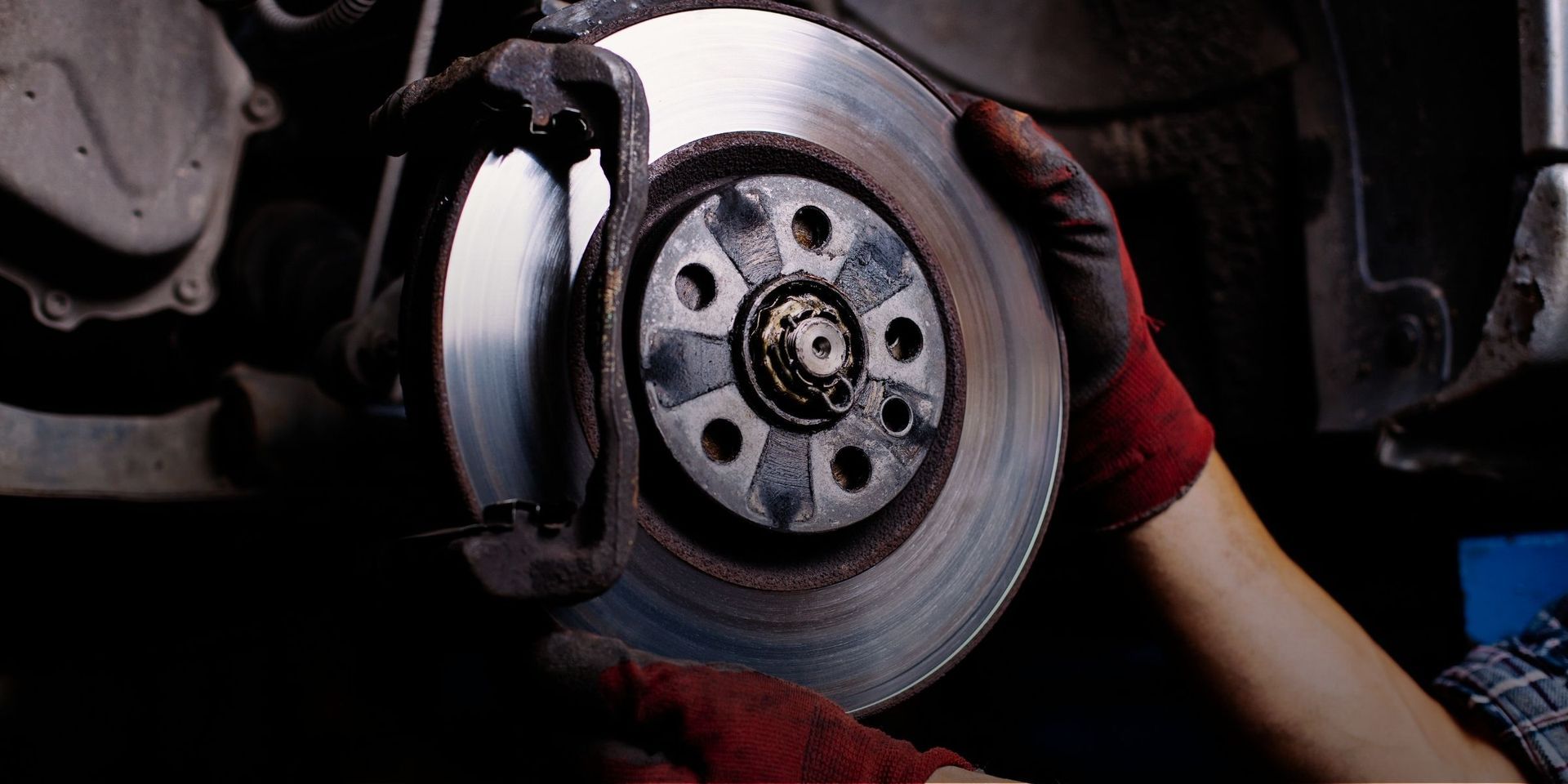A smooth ride is something many drivers take for granted—until it’s gone. If your car feels like it’s bouncing over every bump, swaying through turns, or dipping when you brake, there’s a good chance your shocks or struts are worn out. These suspension components are responsible for absorbing impacts and maintaining your vehicle's stability on the road. When they start to fail, the difference in handling and comfort is hard to miss.
Bouncing isn’t just uncomfortable. It can also affect your safety and the overall health of your vehicle.
What Shocks and Struts Do
While shocks and struts serve similar functions, they aren’t the same part. Some vehicles use shocks on all four wheels, while others have struts in the front and shocks in the rear.
Their primary job is to control the movement of your suspension and wheels. Without them, your car would continue to bounce after every bump or dip in the road. Good shocks and struts help keep your tires firmly planted, which is crucial for braking, cornering, and overall control.
Signs Your Shocks or Struts May Be Failing
The symptoms of worn-out shocks or struts usually develop gradually, which is why many drivers don’t notice until the ride becomes clearly uncomfortable or unstable. Here are the most common warning signs:
- Your car continues to bounce after hitting a bump
- Nose-diving when braking
- Excessive body roll during turns
- Rear-end squatting when accelerating
- Uneven or accelerated tire wear
- Leaking fluid around the shock or strut
You might also hear knocking sounds when going over rough roads. These noises could indicate that the internal components are damaged or that the mounting hardware has come loose.
Why Replacing Worn Shocks Is So Important
Your suspension isn’t just about ride comfort. When shocks and struts wear out, they reduce your ability to control the car. This can increase stopping distances, especially during emergency braking, and lead to tire cupping or blowouts due to uneven contact with the road.
In severe cases, worn suspension can even affect the alignment of your vehicle, leading to steering drift or premature wear on other components like ball joints and tie rods.
Delaying shock or strut replacement can also cause additional strain on your vehicle’s frame and body. Since these components are designed to absorb force, other parts of the car may begin to take on that stress once they start to fail.
How Often Should You Replace Shocks or Struts
There’s no universal mileage for replacement, but many vehicles require new shocks or struts between 50,000 and 100,000 miles. If you frequently drive on rough roads, haul heavy loads or tow trailers, your suspension may wear out faster.
Routine inspections are key. Our technicians can measure the rebound and damping ability of your shocks and check for leaks or damage to determine if they’re still performing correctly.
Regain Control With Help From America’s Service Station in Alpharetta, GA
If your car is bouncing more than it should or you’ve noticed a change in handling, don’t wait until your suspension becomes a safety risk. Our team can inspect your shocks, struts, and entire suspension system to restore a smooth, stable ride.
Call
America’s Service Station in Alpharetta, GA, today to schedule a suspension check and keep your car comfortable and safe on the road.

